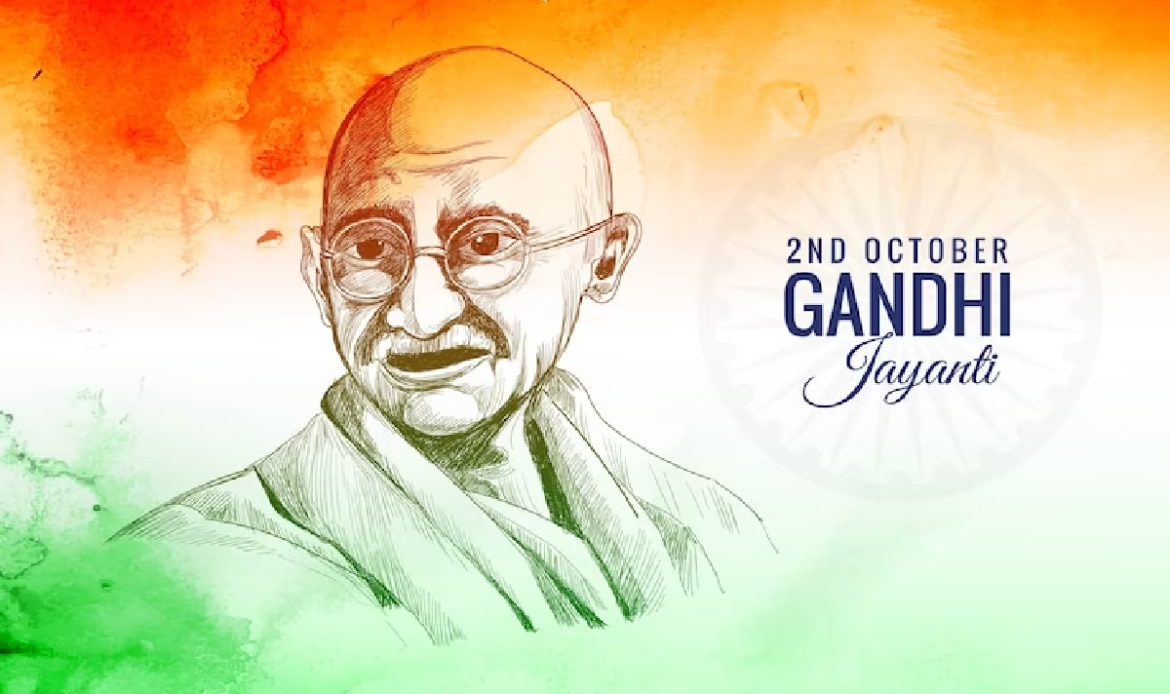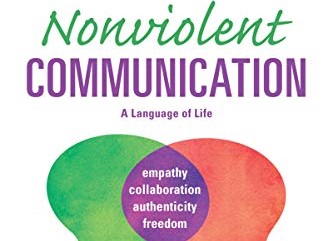Shimbo Pastory
This article was published in The Citizen Newspaper, Tanzania on 8th October, 2022
Unlike the narrative that has dominated history that Tanzanians are a peaceful people, today violence has become commonplace. We hear all over the news media incidences of violence, and several of those have very dreadful outcomes, among others permanent disablement and even deaths of those involved. Violence has been indiscriminate among people of all age groups, genders and walks of life. It is a valid probe to enquire when these will stop. Humanity will never enthuse in us a sense of peace if blatant acts of violence persist.
This is the reason the UN General Assembly in June 2007 established the International Day of Nonviolence, which is celebrated globally every 2 October, the birthday of Mahatma Gandhi, a globally acclaimed leader and champion of non-violence and freedom. The theme for this year’s commemoration is “Culture of Peace and non-violence.” The aim of this commemoration is to sensitize the world that violence is not strength, it is not an effective solution for human problems, and it does not lead to attainment of lasting peace.

The world at a glance
Looking at the global picture we see that violence is a global pandemic. It is fuelled by historical conflicts, insensitive politics, fundamentalist or fanatic religious ideologies (as the case may be), avaricious businesses, and divisive, oppressive and inconsiderate social policies. In Africa, violence is at a scary level. There are ongoing ethnic wars, civil wars, secessionist agitations, acts of banditry, kidnapping, and outright terrorist insurgencies today in the DRC, Niger, Chad, Ethiopia, Mali, Nigeria, Burkina Faso, Cameroon, Kenya, Mozambique, Burundi, Central African Republic, Sudan, and South Sudan.
Outside the African continent there are wars and armed conflicts in Afghanistan, Yemen, Syria, Iraq and Ukraine to mention a few. There are as well drug-driven wars in Colombia and Mexico, which according to records have claimed over 350,000 lives from 2006-2021, and more than 5000 this year, 2022.
On a different scale, while Europe and Americas speak mostly of racial-based and socio-economic violence, African and Asian societies are struggling with religious and gender-based violence. While the outcomes are different, the absence of freedom and peace is a universal denominator all over the world.
Is a culture of peace attainable?
In theory there are so many ideal explanations in papers, but in practice everything tends to work differently, as humans are unpredictable. It is impossible to build a culture of peace if individuals are not formed into peaceful people.
Seeking the informed opinion of experts, we conversed with a German specialist Dr Gitta Zimmermann from The Centre for Nonviolent Communication (CNVC), who is reputed in her specialty of nonviolent communication, with a lot of experience in training people to peacefully and effectively resolve conflicts in personal, organizational and political settings globally.

According to Dr Gitta, human persons learn violence as they are informed by society. Children are born non-violent. The natural human relationships, she clarifies, are based on needs, which when heard and attended to, the groundwork of a humane, friendly, altruistic, and accommodating society is formed. This is because everyone has needs. At this level, there is no selfish judgement or distinction.
Dr Gitta is of the view that children need to be taught the language of non-violence as they learn to communicate. If accompanied properly, they learn to communicate peacefully even more easily than adults.
Reflecting on her experience when she was a nonviolence training facilitator in Tanzania, Dr Gitta notes two things.
First, she sees corporal punishments given to children in Tanzania as a failed strategy in integral education of children. It is itself an exposure to violence and children are going to get used to it and it will become a part of their understanding of child upbringing. It can as well become their handy reaction in occasions of prompted feelings; we see the violence chain will continue endlessly.
As she puts it, “corporal punishment is a sign of missing dignity in approaching the other person.” Secondly, she is of the view that male dominance which leads to violence against women is a cultural component that is obsolete and out of place.
Tanzania without violence
Here we can ask some questions: do we have a national social strategy that aims at minimizing violence among our people? Do we educate our people to make communication peaceful, beginning at the level of the individual? While the policing system may be effective, in that violent people are arrested or jailed, it may not be in any way formative, in that it makes people fearful, but not less inclined to acts of violence in their free and unmonitored spaces.
While we still boast of the minimized possibilities of tribal or ethnic wars because of the foundation Mwalimu Nyerere laid, it is high time we restore in real life the fame of a peaceful country Tanzania has had for decades. This we can achieve by the adult population leading the way, handling social problems without use of physical force, verbal abuses, or weapons, save when necessary.
The young generation gets informed by what the adults do. For instance, children will grow up loving the police if they don’t see them using unnecessary force or intimidating civilians. We need to equally detach violence from correction and enforcement of discipline in our schools. A child can be effectively admonished without the use of beatings, flogging, verbal abuses or corporal punishments. As Mahatma Gandhi says, “Violence is the law of the brute.”
